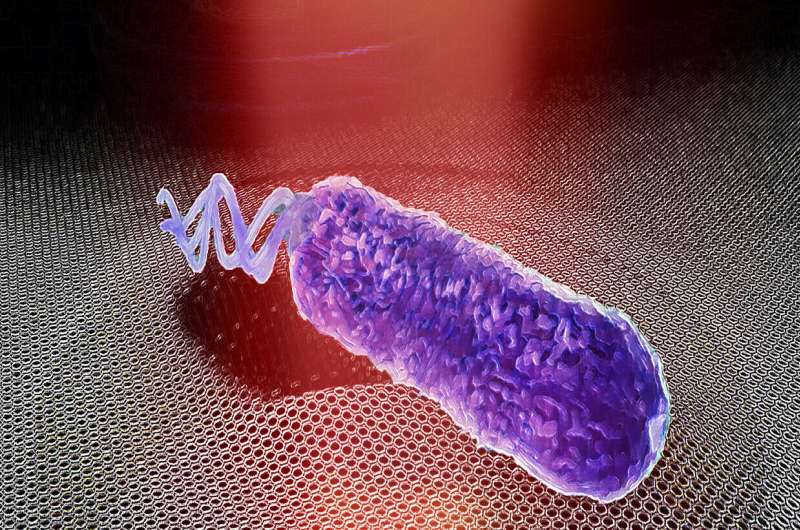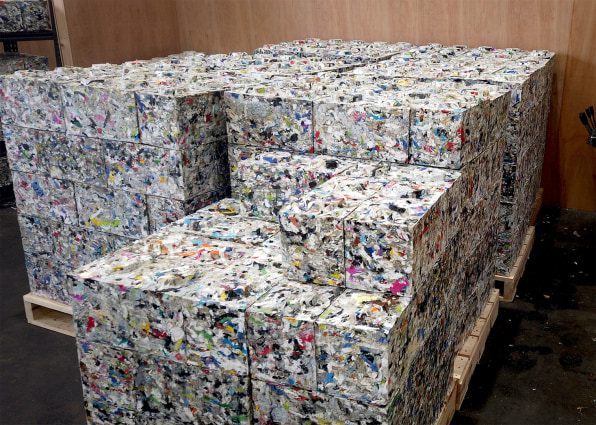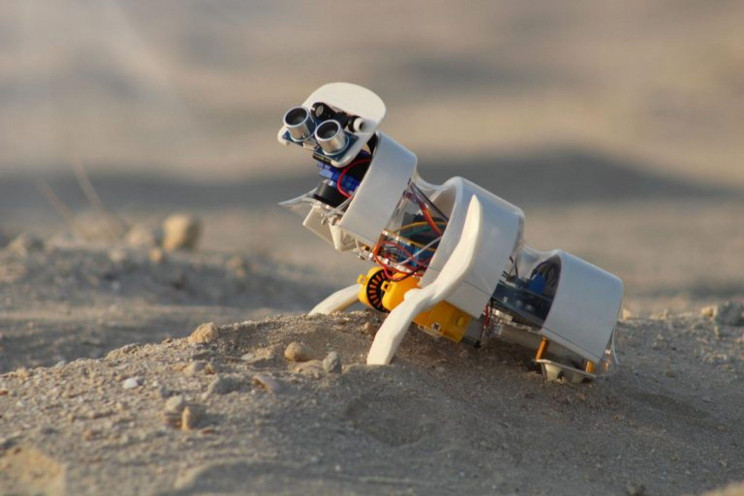Over 2 billion people worldwide lack access to safe drinking water, including approximately 418 million in Africa. The problem is most severe in rural areas, where water sources like rivers and wells are often contaminated due to poor sanitation and agricultural runoff. This contamination leads to waterborne diseases such as cholera and diarrhea, which kill hundreds of thousands in Africa each year, particularly affecting children. Existing water treatment methods are often impractical or too costly for rural communities, creating an urgent need for a simple, affordable, and sustainable solution.
To address this pressing issue, scientists have developed a groundbreaking technology that leverages the unique properties of layered double hydroxides (LDHs) to purify water.
The Power of Layered Double Hydroxides (LDHs)
LDHs are a class of inorganic materials with a layered structure. These materials possess exceptional adsorption and ion exchange capabilities, making them ideal for various applications, including water purification. By incorporating LDHs into a coating for aluminum foil, researchers have created a highly effective and versatile water filtration solution.
How Does It Work?
The LDH-coated aluminum foil acts as a powerful microbial trap. The LDH coating, with its positively charged surface, attracts negatively charged microbes such as bacteria and viruses. Once trapped, the microbes are unable to reproduce or spread, effectively neutralizing the contamination.
In laboratory tests, the LDH foil removed over 99% of E. coli from water within a few hours. It was also effective against a wide range of pathogens, including bacteria, viruses, and parasites, offering broad protection against waterborne diseases.
This technology provides a simple, effective, and affordable solution to water contamination, potentially improving the health and well-being of millions worldwide.







